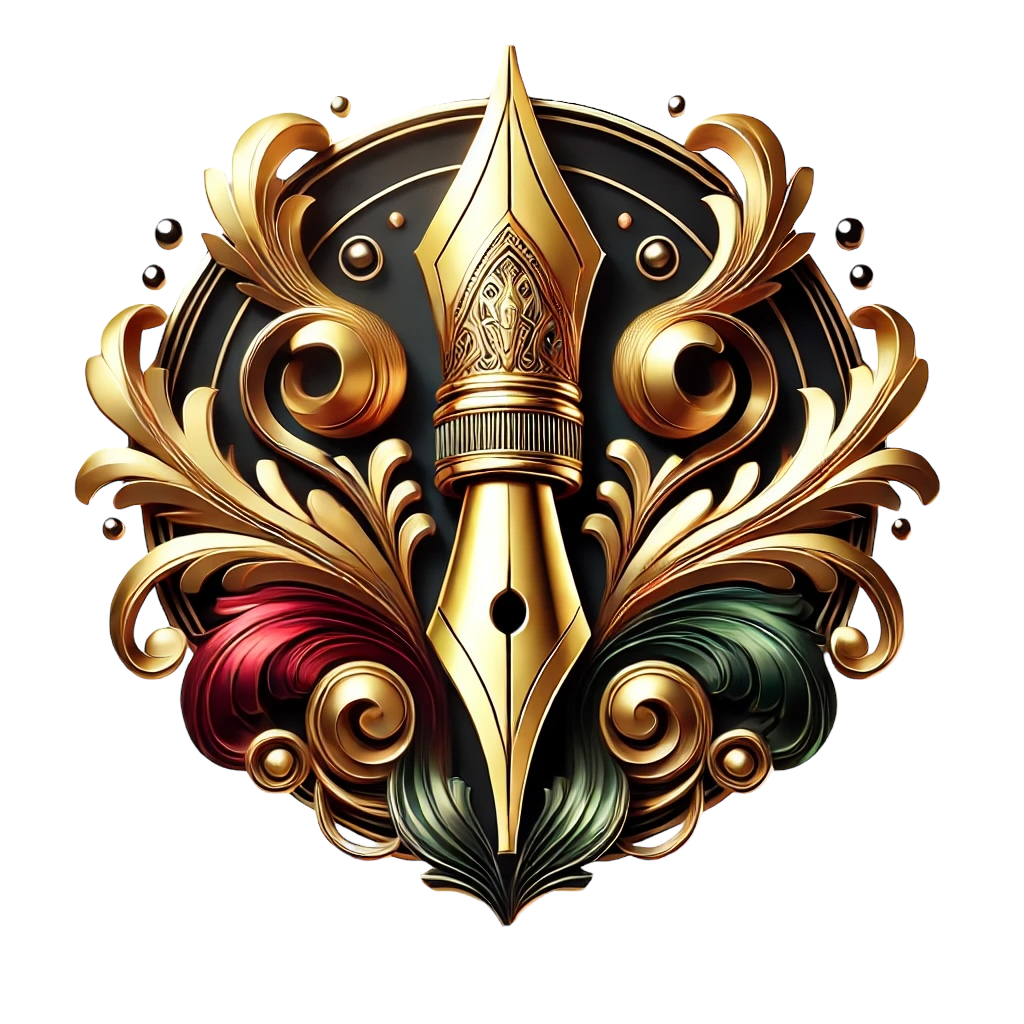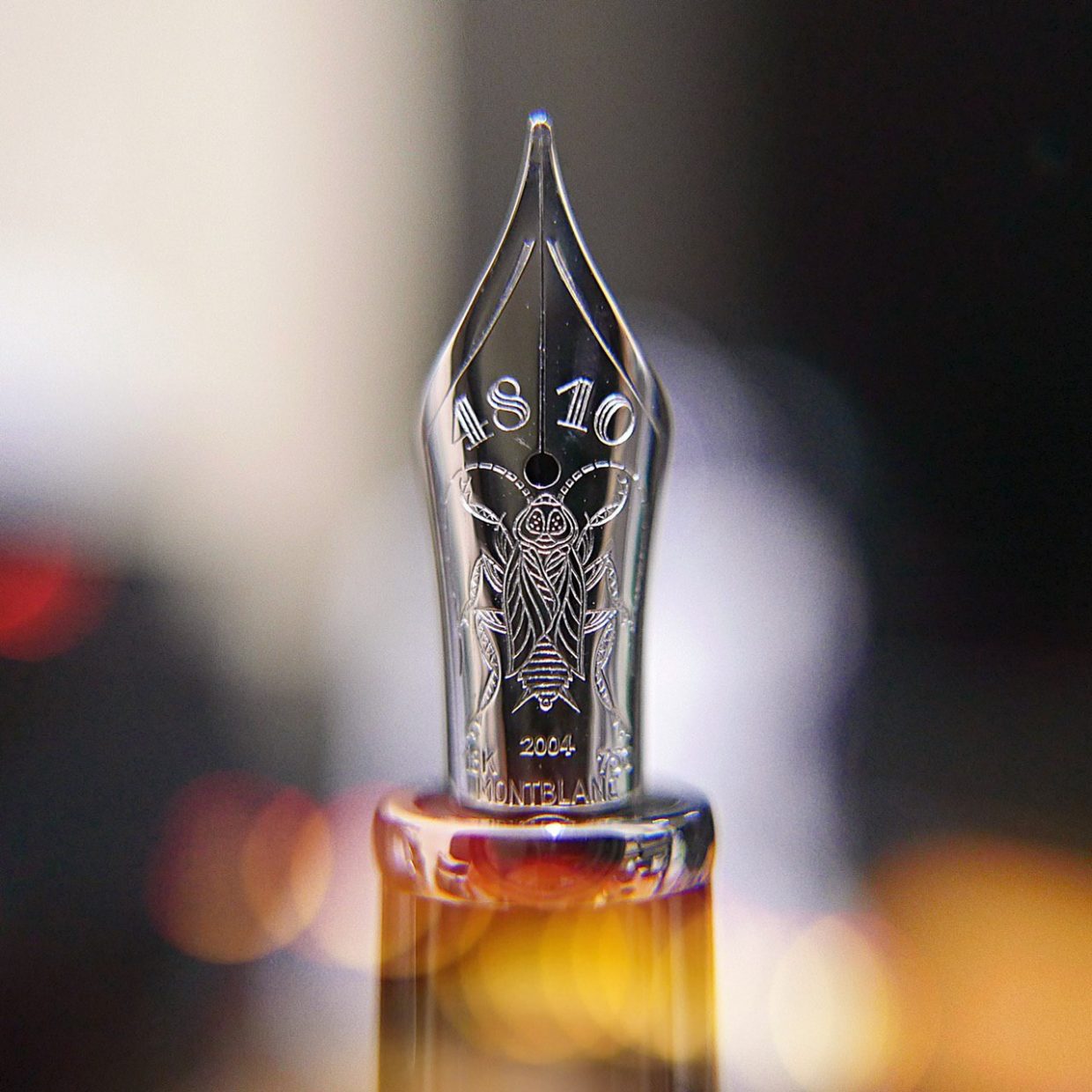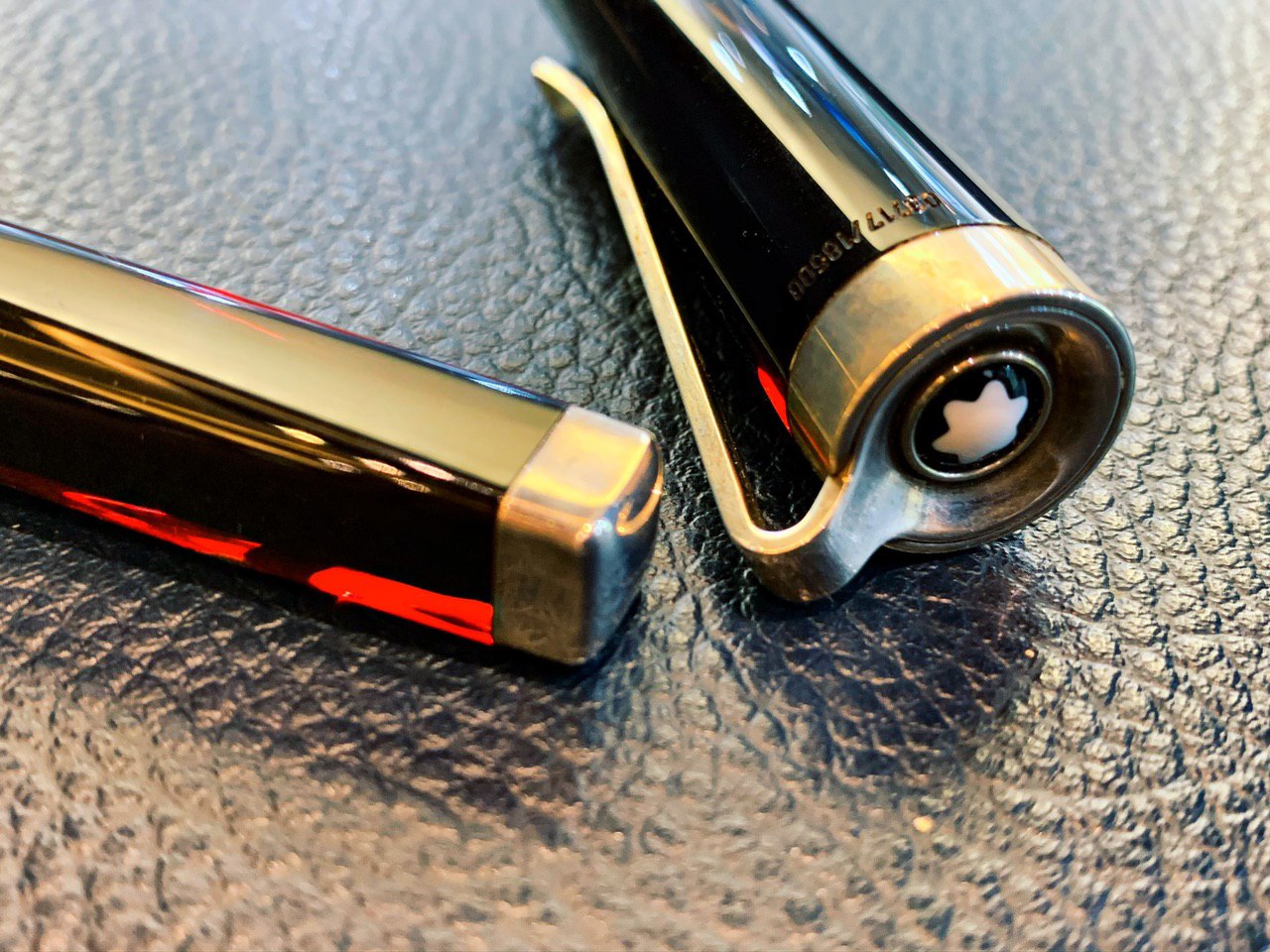
Franz Kafka (3 July 1883 – 3 June 1924) was a Bohemian author, remains one of the most enigmatic and influential writers of the twentieth century. A master of allegory and existential exploration, Kafka wrote in a language and style that stripped human experience down to its bare, often absurd essentials. Though he worked by day as a claims assessor in an insurance office—a job he found stifling—Kafka’s nights were spent writing deeply introspective, often nightmarish fictions. His works, including Die Verwandlung (The Metamorphosis), Der Process (The Trial), and Das Schloss (The Castle), delve into themes of alienation, identity, and the maddening illogic of bureaucracy. Ironically, it was only due to the disobedience of his friend Max Brod—who ignored Kafka’s instructions to destroy all unpublished manuscripts upon his death—that these seminal texts ever reached the public.

Kafka’s most famous novella, The Metamorphosis, begins with the unforgettable line: “As Gregor Samsa awoke one morning from uneasy dreams he found himself transformed in his bed into a monstrous vermin.” The word “vermin” (Ungeziefer in German) is deliberately vague—Kafka himself refused to allow illustrations of the creature, believing its precise form should remain ambiguous, a symbol of existential otherness. The story, both grotesque and poignant, encapsulates Kafka’s worldview: the absurdity of modern life, the fragility of human dignity, and the soul’s yearning for connection amid indifference. Kafka reportedly read The Metamorphosis aloud to friends with bursts of laughter, suggesting that his bleak narratives were always laced with dark, ironic humour.
It is within this Kafkaesque spirit that the Montblanc Writers Edition Franz Kafka 2004 was conceived. As part of Montblanc’s prestigious Writers Edition—an annual tribute to literary titans—this edition goes beyond mere homage. It transforms Kafka’s literary essence into design form, resulting in a fountain pen that is as haunting and elegant as the works that inspired it. Unlike Montblanc’s more traditional rounded silhouettes, the Kafka pen is strikingly tapered: wide at the cap, narrowing dramatically toward the barrel’s end, much like the transformation endured by Gregor Samsa. It is the physical embodiment of metamorphosis—an unsettling geometry made beautiful.

Die ungeheure Welt, die ich im Kopfe habe. Aber wie mich befreien und sie befreien, ohne zu zerreißen. Und tausendmal lieber zerreißen, als in mir sie zurückhalten oder begraben. Dazu bin ich ja hier, das ist mir ganz klar
Franz Kafka 21-06-1913
Crafted from deep burgundy resin, the pen glows with black underlays that create a moody translucency, reminiscent of shadowed thoughts and dimly lit rooms in Kafka’s tales. Platinum-coated accents lend a stark contrast, echoing the cold rationality of the bureaucracies that populate his fiction. The wide, curving clip is unusually sculptural, suggesting the deformation of perspective that runs throughout Kafka’s work. Every line and surface feels deliberate—refined, yes, but always with a whisper of the uncanny.
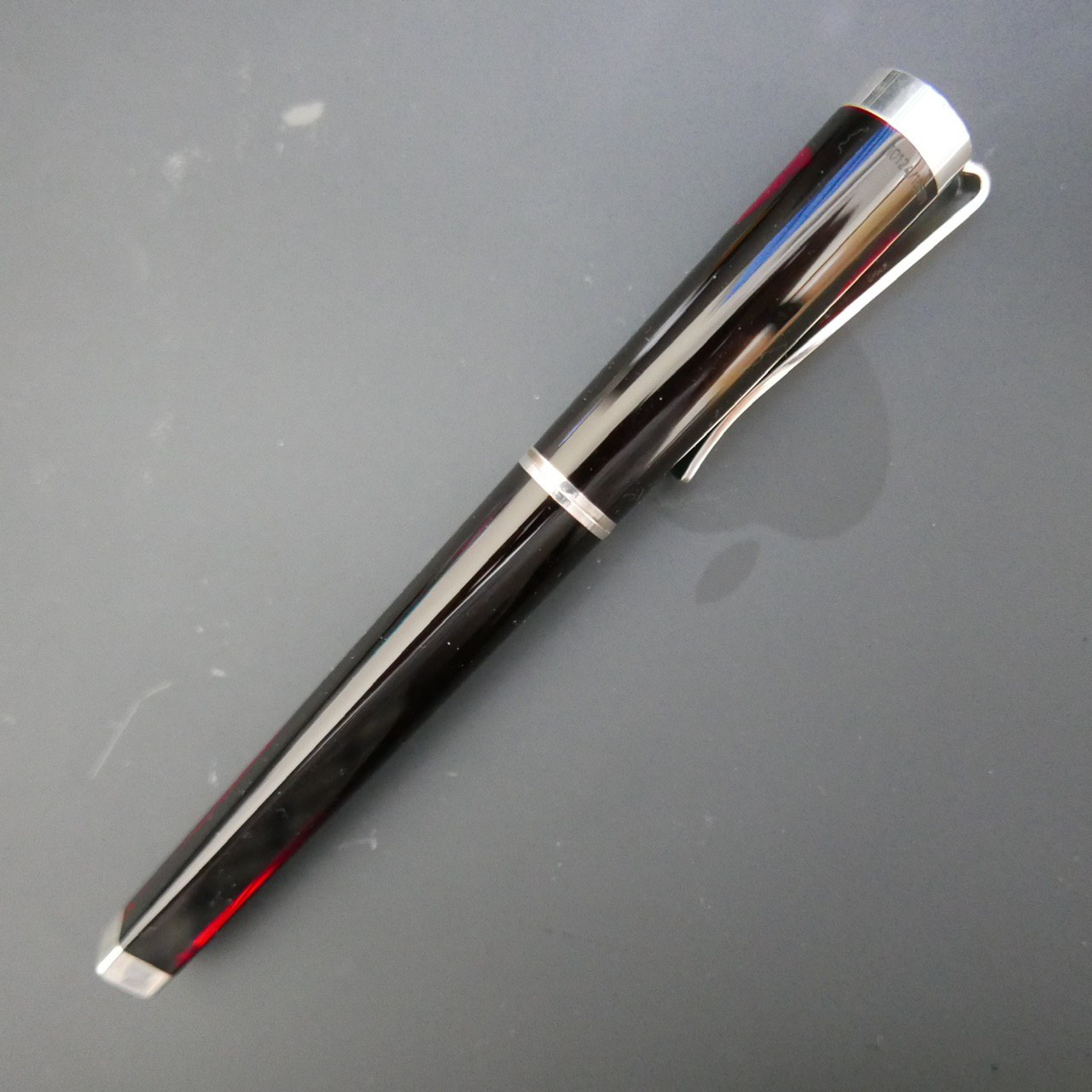
The cap bears Kafka’s engraved signature and is crowned by Montblanc’s iconic snowcap emblem in white resin—an assertion of the brand’s heritage in contrast with the pen’s surrealist aesthetic. But it is the nib that delivers the final, most poetic blow: a handcrafted 18-karat gold Au750 nib, exquisitely engraved with the image of a cockroach. This unsettling symbol, drawn from the heart of The Metamorphosis, is not merely decorative—it is the existential core of the pen itself. Writing with it becomes a tactile meditation on transformation, absurdity, and estrangement.
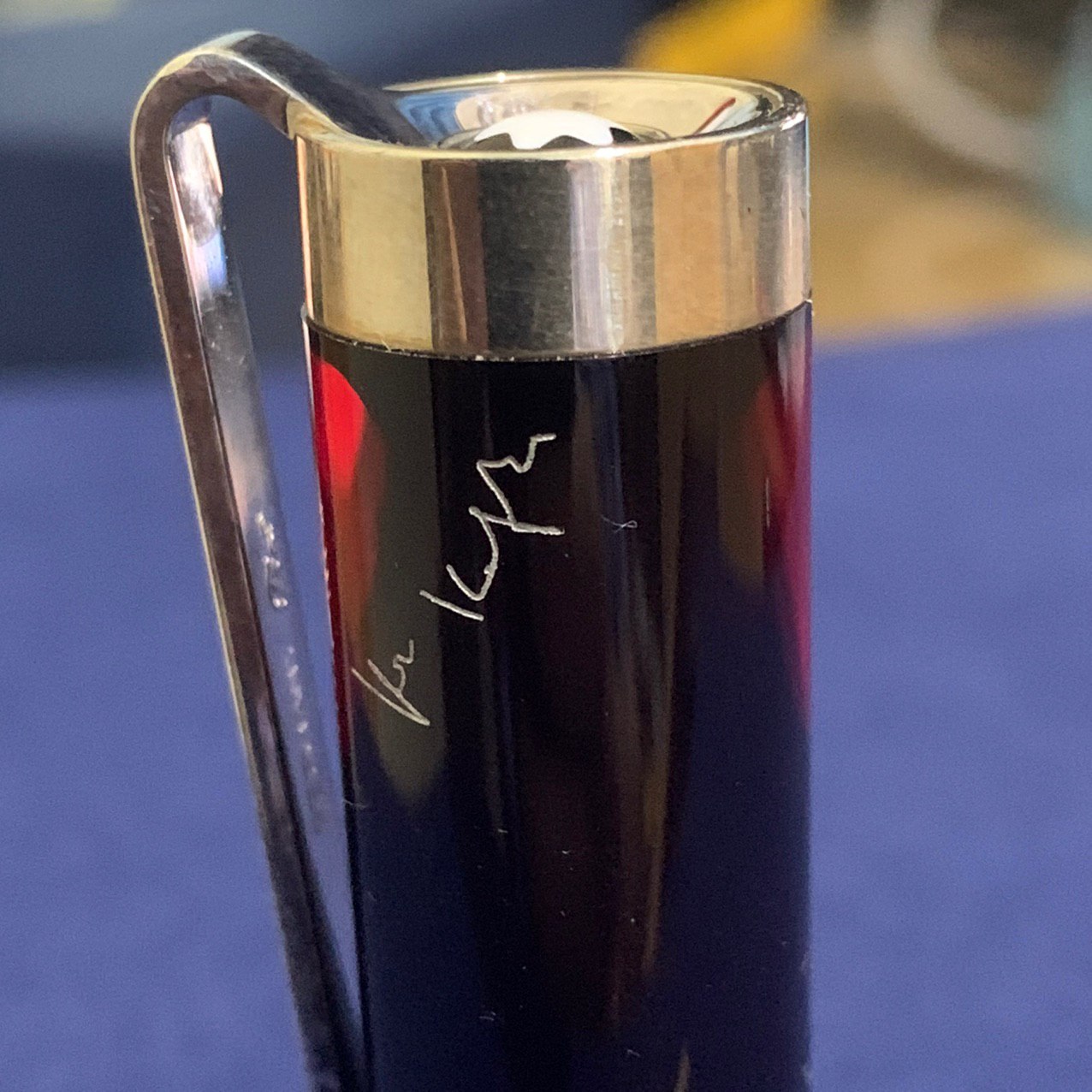
This edition, like others in the Writers Series, is individually numbered and produced in limited quantity, further enhancing its stature as a collector’s piece. Since the series’ inception in 1992, Montblanc has celebrated such luminaries as Hemingway, Dostoevsky, Proust, and Tolstoy. Yet few editions match the Kafka in thematic fidelity. Where other pens celebrate grandeur or romance, this one draws us into introspection, into the liminal spaces where identity, language, and alienation coalesce.

One can almost imagine Kafka himself—modestly dressed, solitary, scribbling late into the night in his Prague flat—contemplating the tension between the individual and the system, the soul and the body, the real and the surreal. This pen does not merely honour his name; it converses with his ghost. It turns writing into a kind of metamorphosis, where the act itself becomes existential inquiry.
